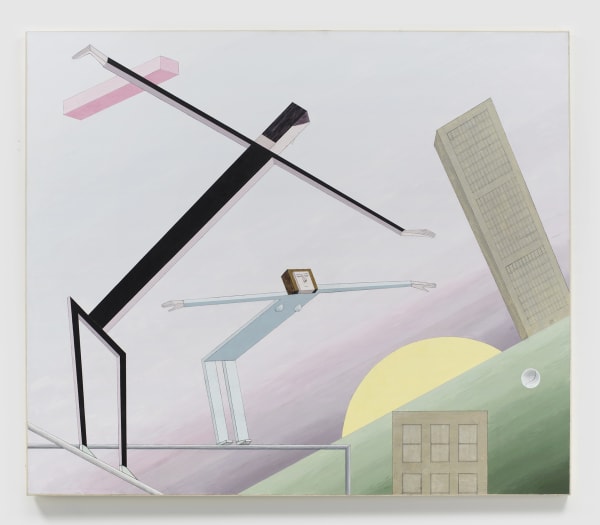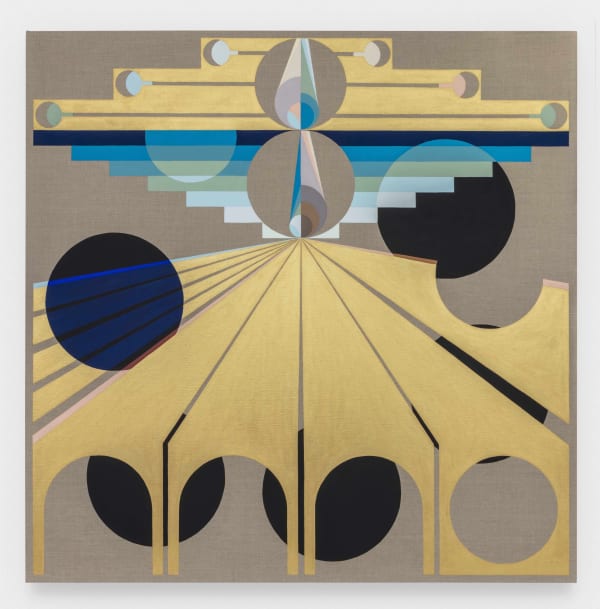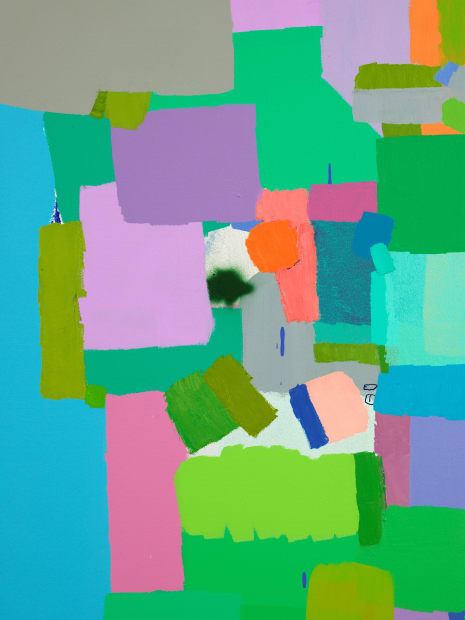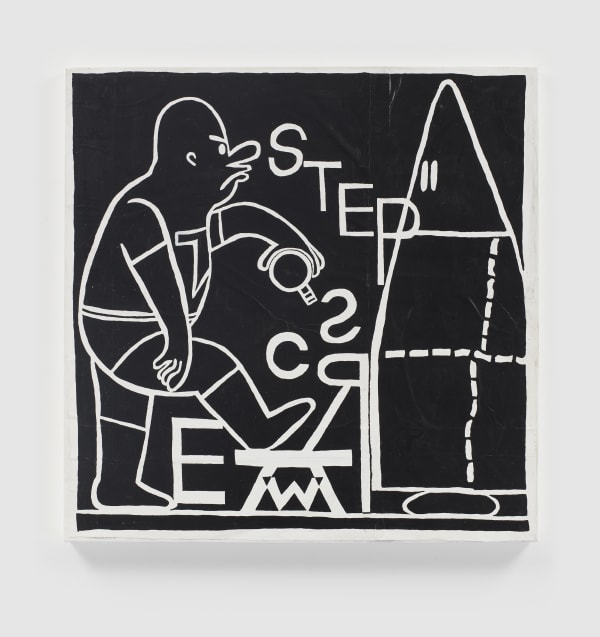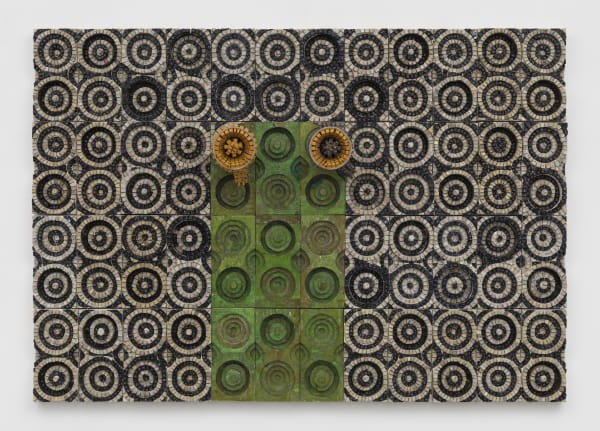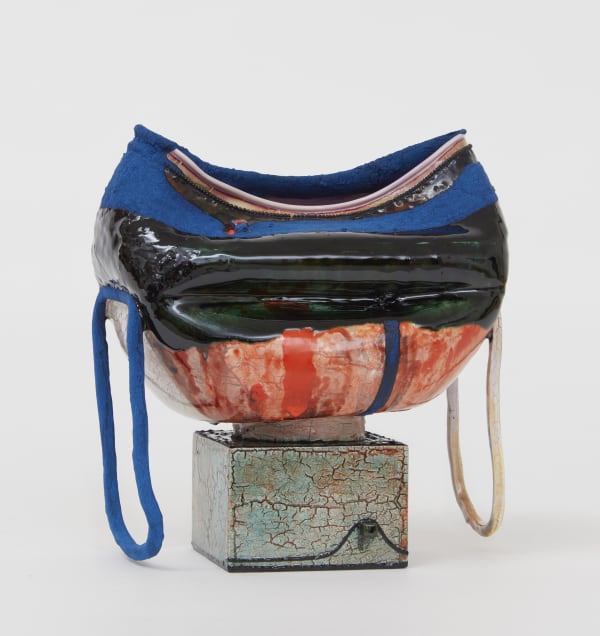-
For the 2020 Art Basel Miami Beach Online Viewing Room, James Cohan will present Notes on Color, selection of new and important work by Kathy Butterly, Spencer Finch, Trenton Doyle Hancock, Federico Herrero, Mernet Larsen, Jordan Nassar, Eamon Ore-Giron, Yinka Shonibare CBE, Elias Sime, and Fred Tomaselli. The online fair is open to the public from December 4 through December 6, with a VIP Preview opening on December 2.
-
SPENCER FINCH
-

-
MERNET LARSEN
-
![“Brimming with mordant humor, Mernet Larsen’s unsettling paintings provide a mirror to our anxious times. Through unexpected compositional moves [...]...](data:image/gif;base64,R0lGODlhAQABAIAAAAAAAP///yH5BAEAAAAALAAAAAABAAEAAAIBRAA7)
-
JORDAN NASSAR
-

-
EAMON ORE-GIRON
-

-
FRED TOMASELLI
-

-

-
Federico Herrero
-

-
Trenton Doyle Hancock
-
In Step and Screw: The Approach, 2020, Hancock revisits an earlier work titled Step and Screw!, extracting and enlarging a graphic image onto ink and paper collaged onto canvas. In these works, the artist imagines a meeting between his alter-ego Torpedo Boy, a black superhero, and one of the buffoonish Klansmen who populated Philip Guston’s paintings. Hancock prizes the ambiguity and the mutability of this moment, and has returned to it again and again. As he notes: “The more you dissect the image, the more it becomes fraught with historic tension and with my own history as a painter. It keeps feeding itself as an image. The item that is exchanged between them changes the narrative each time.”
In this work, Torpedo Boy takes a lightbulb from the Klansman’s outstretched hand and raises a foot to step onto the stool between them. The scrambled letters of the word “Screw” are a twisting echo of the gesture he is about to undertake. Hancock’s black and white palette strips the formal and narrative elements in this series of works down to their studs to create paintings of pure graphic intensity. This binary palette is also suggestive of the oppositional, universal forces embodied within the characters of Torpedo Boy and the Klansman—good and evil, Black and white, light and dark—yet leaves space for all the gray in between.
-
-
Elias Sime
-

-

-
Yinka Shonibare CBE
-

-
Kathy Butterly
-

-
-
 SPENCER FINCH, Paths through the studio (8/31/20 - 10/10/20), I, 2020
SPENCER FINCH, Paths through the studio (8/31/20 - 10/10/20), I, 2020 -
 SPENCER FINCH, Color Notes (Autumn) 2019, II, 2020
SPENCER FINCH, Color Notes (Autumn) 2019, II, 2020 -
 MERNET LARSEN, Dawn (after El Lissitzky), 2012
MERNET LARSEN, Dawn (after El Lissitzky), 2012 -
 MERNET LARSEN, Disagreement, 2011
MERNET LARSEN, Disagreement, 2011
-
 JORDAN NASSAR, the sun always moves against the wind, 2023
JORDAN NASSAR, the sun always moves against the wind, 2023 -
 EAMON ORE-GIRON, Infinite Regress CXXXVIII, 2020
EAMON ORE-GIRON, Infinite Regress CXXXVIII, 2020 -
 FRED TOMASELLI, Untitled, 2020
FRED TOMASELLI, Untitled, 2020 -
 FEDERICO HERRERO, Laguna mental, 2019
FEDERICO HERRERO, Laguna mental, 2019
-
 FEDERICO HERRERO, Untitled, 2020
FEDERICO HERRERO, Untitled, 2020 -
 TRENTON DOYLE HANCOCK, Step and Screw: The Approach, 2020
TRENTON DOYLE HANCOCK, Step and Screw: The Approach, 2020 -
 TRENTON DOYLE HANCOCK, Color Flash for Chat and Chew, Paris Texas in Seventy-Two, (Winter), 2020
TRENTON DOYLE HANCOCK, Color Flash for Chat and Chew, Paris Texas in Seventy-Two, (Winter), 2020 -
 ELIAS SIME, TIGHTROPE: ECHO!?, 2020
ELIAS SIME, TIGHTROPE: ECHO!?, 2020
-
Art Basel Miami Beach: Online Viewing Room
Past viewing_room




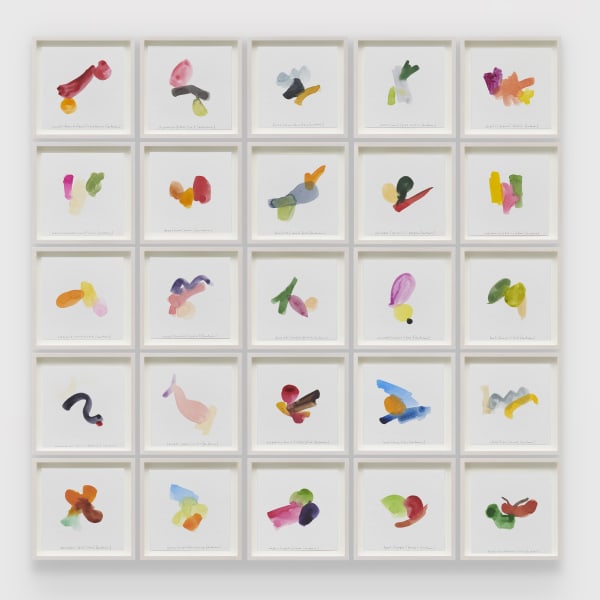


![“Brimming with mordant humor, Mernet Larsen’s unsettling paintings provide a mirror to our anxious times. Through unexpected compositional moves [...]...](https://artlogic-res.cloudinary.com/w_620,h_620,c_limit,f_auto,fl_lossy,q_auto/ws-jamescohan/usr/images/feature_panels/image/items/e5/e521e8c6f13a4b308d78703505dd97cc/jcg11450-image_vert-cropjpg.jpg)
